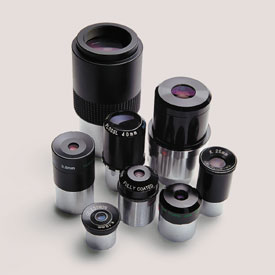Some eyepieces are being advertised as offering the widest possible true field in any telescope. How is this determined?

The amount of sky shown by an eyepiece is governed by the diameter of its field stop, the ring that defines the edge of the visible field. On a given telescope, you can compute the true field of view by dividing the eyepiece’s field-stop diameter by the telescope’s focal length (in the same units) and multiplying by 57.3°.
Few manufacturers publish the field-stop diameters of their eyepieces, and because the stop is usually recessed deep into the eyepiece be difficult to measure yourself. But it’s easy to figure the maximum possible field-stop diameter: it’s just the inside diameter of the eyepiece barrel.
Most telescopes come with focusers accepting eyepieces 1 1 /4 inch (31.8 millimeters) and/or 2 inches (50.8 mm) in outside diameter. Eyepiece-barrel walls are typically 2 to 3 mm thick, so the maximum possible field-stop diameter for a 1 1/4-inch ocular is about 27 mm, and for a 2-inch ocular about 46 mm. Thus a 1 1/4-inch eyepiece with a field stop 27 mm across provides the maximum possible true field for a 1 1/4-inch eyepiece on any telescope, and the same goes for a 2-inch eyepiece with a field-stop diameter of 46 mm.
— Richard Tresch Fienberg
 0
0







Comments
You must be logged in to post a comment.